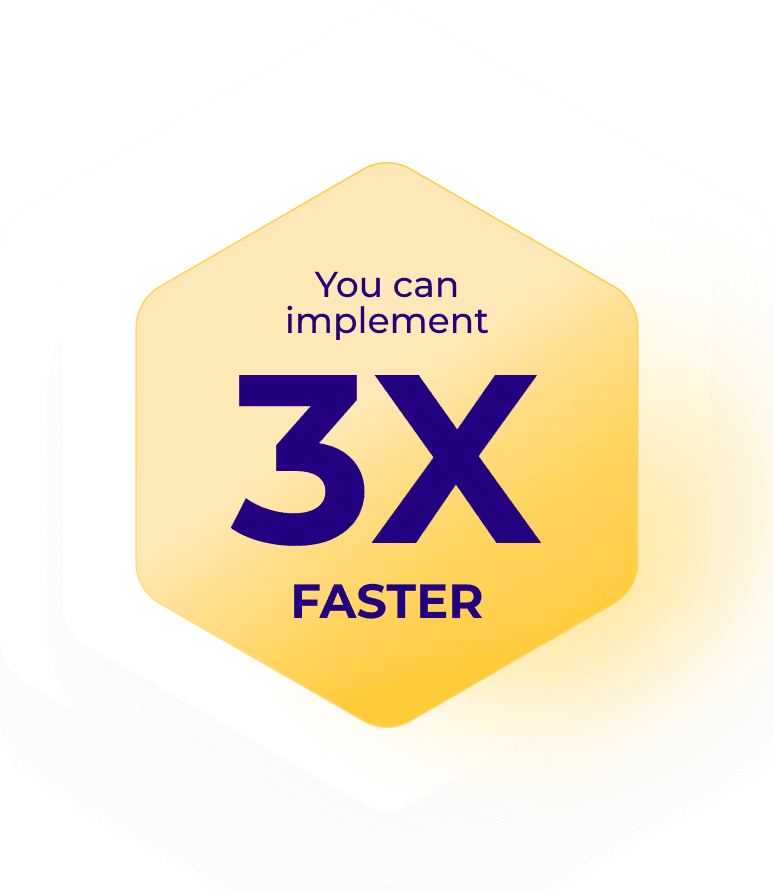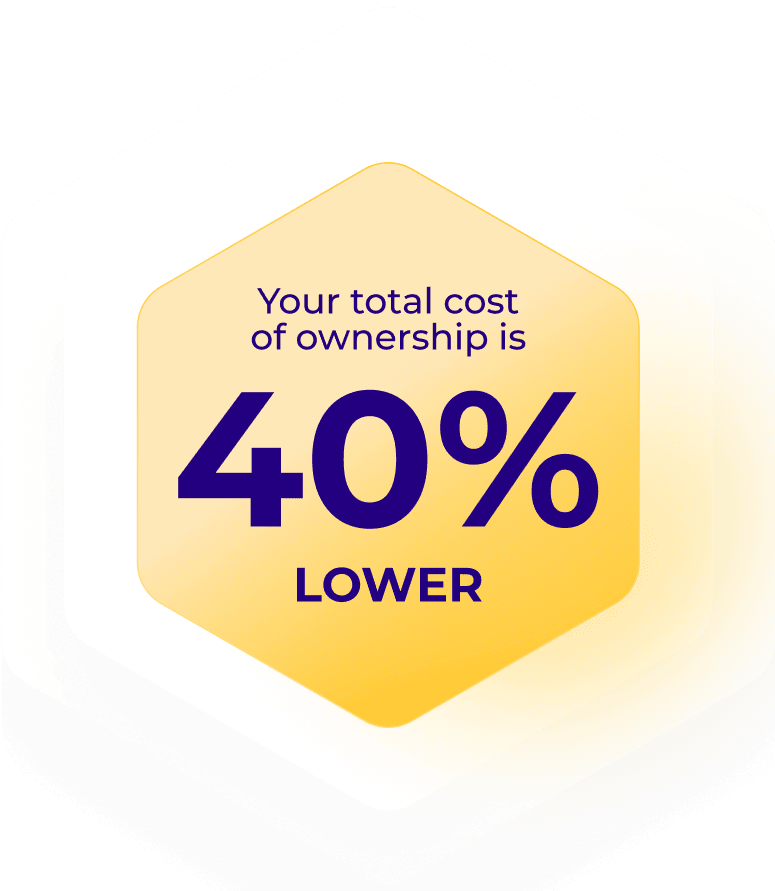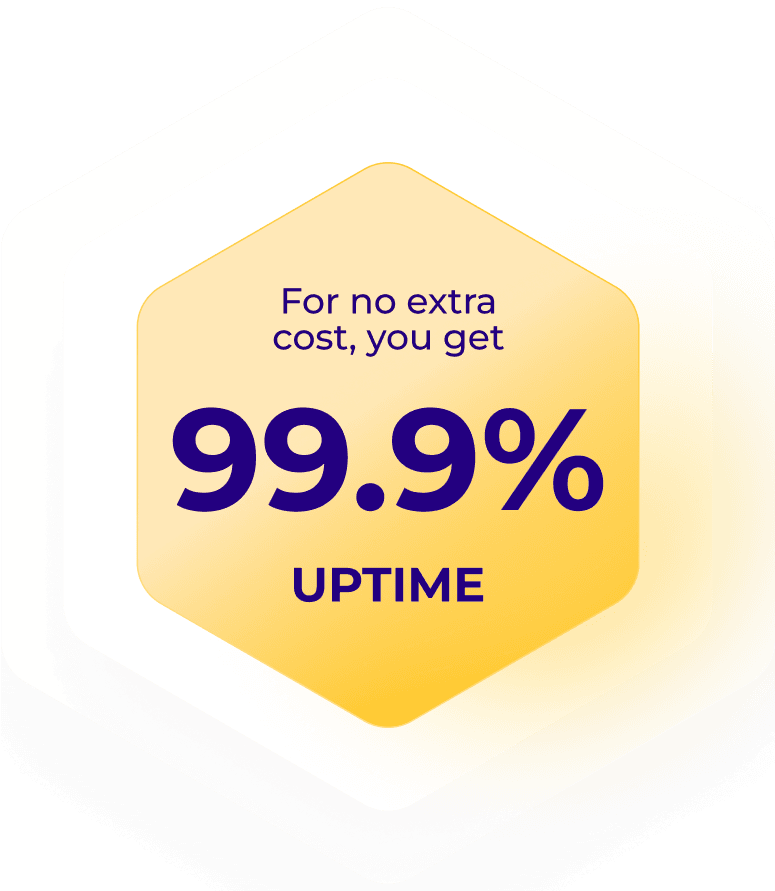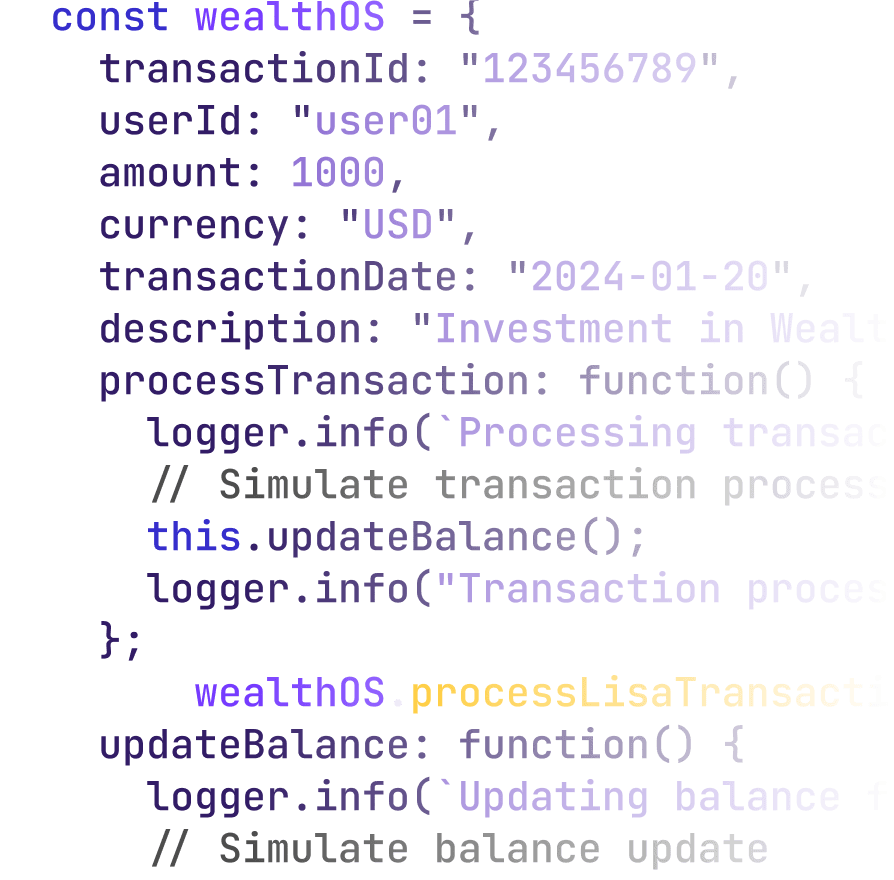Next-gen cloud-native wealth management technology
Create digital wealth management products with WealthOS’ modular middle and back-office software-as-a-service (SaaS).

What sets us apart
Accelerate your time-to-market and customer growth
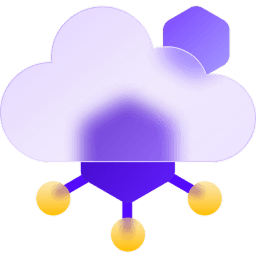
Cloud-native infrastructure
Enterprise-grade cloud security and built-in infrastructure maintenance (including upgrades) help you scale with ease.
Learn more
Microservices architecture
API-wrapped modules that are your building blocks for quickly assembling, testing, and deploying digital wealth products.
Learn more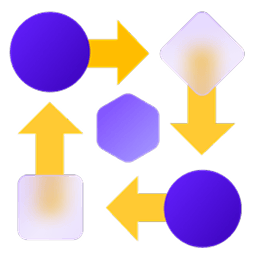
Automated and orchestrated workflows
Reduced change management, maintenance, and service costs, freeing up your resources for client acquisition and growth.
Learn more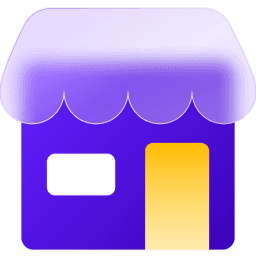
Marketplace for third-party integrations
Prebuilt no-code integrations that connect to specialised software and avoid integration maintenance help expand your ecosystem.
Learn more
Focus on what makes you different.
We will do the rest.
Focus on what makes you different.
We will do the rest.
Testimonials
What people are saying about us
Case study
Technology 5 mins to read
Innovation in wealth management and pension product management
Featured Insights
Ready to innovate?
Sign up for a free, dedicated sandbox tenancy and experiment with our solutions on the cloud.
Book a demoHave questions?
We are here to help. Get in touch with us for any inquiries, demos, or details.
Contact us